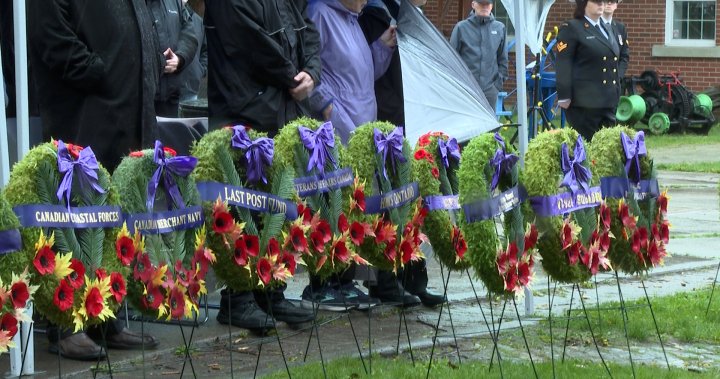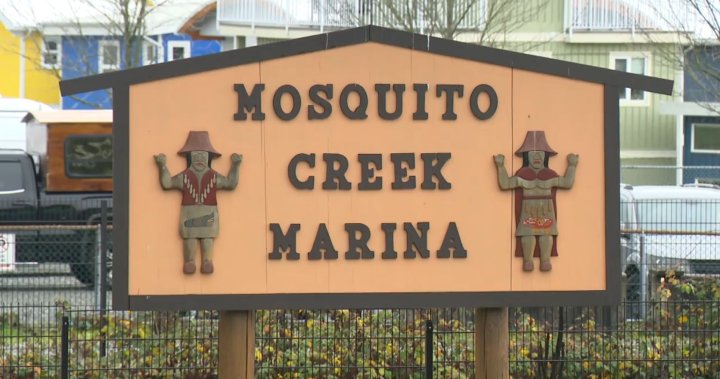Earlier this month, we brought you a series called ‘On the Brink,’ which profiles people who are struggling with the rising cost of living and housing in Nova Scotia. In this story, we talk about the province’s rental subsidy program, who can apply, and its limitations.
As more tenants in Nova Scotia are feeling the pinch from the rising cost of rent, the provincial government says help is available for those most in need.
The Canada-Nova Scotia Targeted Housing Benefit, also referred to as a rent subsidy program, can provide up to $200 per month for those spending more than 50 per cent of their income on rent. The housing benefit is also available for homeowners.
Nova Scotia Housing Minister John Lohr said there are about 8,000 supplements available, and no waitlist. He described it as “one of the most robust rental sub programs in the country.”
“If you’re spending 50 per cent or more of your income on rent, you can apply,” he said.
The subsidy used to be available to those who spend 30 per cent or more of their pre-tax income on rent — which the Canada Mortgage and Housing Corporation defines as the threshold for “affordable housing” — but it was quietly changed to 50 per cent in April.
At the time, Lohr said the demand for the rent supplement had spiked and the province couldn’t keep up.
In an interview Tuesday, he said there were a “couple reasons” why the change was made.
“We really faced a choice of whether we would waitlist the program, or prioritize the program,” he said. “So we chose to prioritize the program.”
Lohr noted the subsidy is a shared federal-provincial program, but he said the federal government is not contributing as much as the province.
“Currently we’re at a $42-million provincial contribution, and an $11-million federal contribution. So the feds have not kept up,” he said. “We’ve asked them a couple of times, and had they been there with us, this program wouldn’t have changed.”
Get the latest National news.
Sent to your email, every day.
He said the demand for the rental subsidy demonstrates the seriousness of the housing crisis.
“We know the housing market is incredibly stressed, and we see that not only in the rent subsidy applications, we see that in the price of new housing, we see it in how difficult it is for people to purchase a house, and just to find a place to rent,” he said.
“We see it (in) increased homelessness too, and that’s a massive concern for us as a government.”
However, he said the province is doing other things to address the housing crisis, like its secondary suite program, its community housing acquisition program, and programs to help seniors to stay in their homes.
He said shelters like the Bridge and the Overlook, as well as work to create a new affordable tiny home and pallet shelter program, are helping to keep people off the streets.
“There’s a lot we are doing, but we know we need to do more,” he said. “That’s clear, and we will do more.”
Renters being ‘squeezed’
Lars Osberg, a professor of economics at Dalhousie University, said having a rental subsidy is better than nothing, but the current program is “not enough.”
“It’s pretty skin-and-bones to say you’re only in housing need if you’re spending 50 per cent of your income on paying rent,” he said. “It shows where the government’s at.”
Osberg disagrees with the decision to change the income qualification from 30 per cent to 50 per cent.
“To complain that it suddenly costs a lot when people who are renting absolutely know that already is a bit much,” he said.
“People are really being squeezed.”
He believes the rental subsidy really should be expanded — but what’s really needed is more public housing, which is residential space owned and operated by the government, with rent based on a household’s income rather than market rates.
“As a short-term issue to face the immediate crunch, yes, I think we should expand rental subsidies,” he said.
“That’s only a short term fix. The long-term fix has to be an increase in the supply of affordable housing.”
In terms of public housing, the provincial government announced earlier this year that it will build 222 new public housing units, the province’s first major public housing investment in nearly 30 years.
Lohr said Tuesday there are no immediate plans to expand that number, even as housing advocates, service providers, and tenants continue to call for a significant increase in the public housing stock. He said the province is also working on maintaining and improving the province’s current public housing units.
But Osberg said far more public housing is needed as the housing crisis persists and wealth inequality worsens.
“That’s where the real solution has to lie.”
© 2023 Global News, a division of Corus Entertainment Inc.




